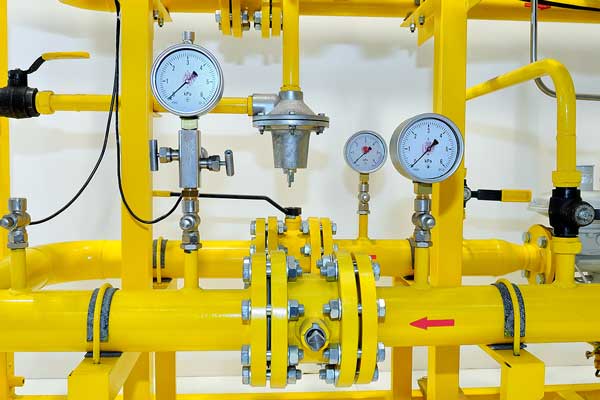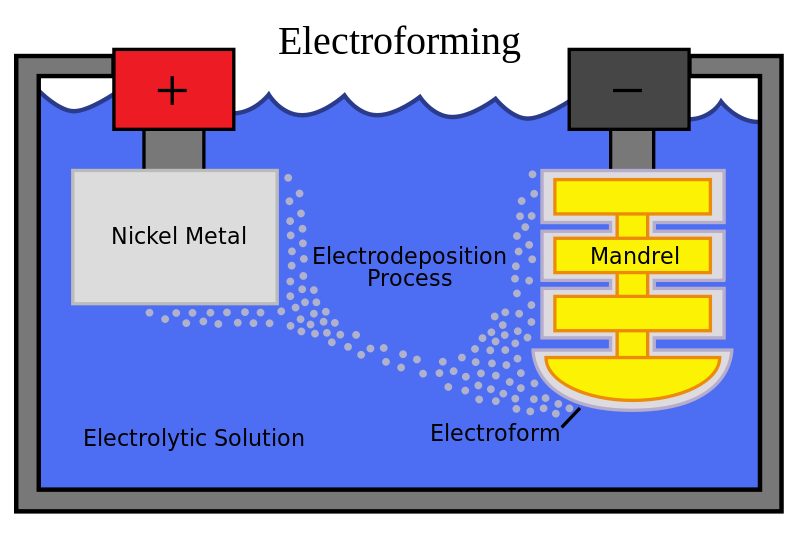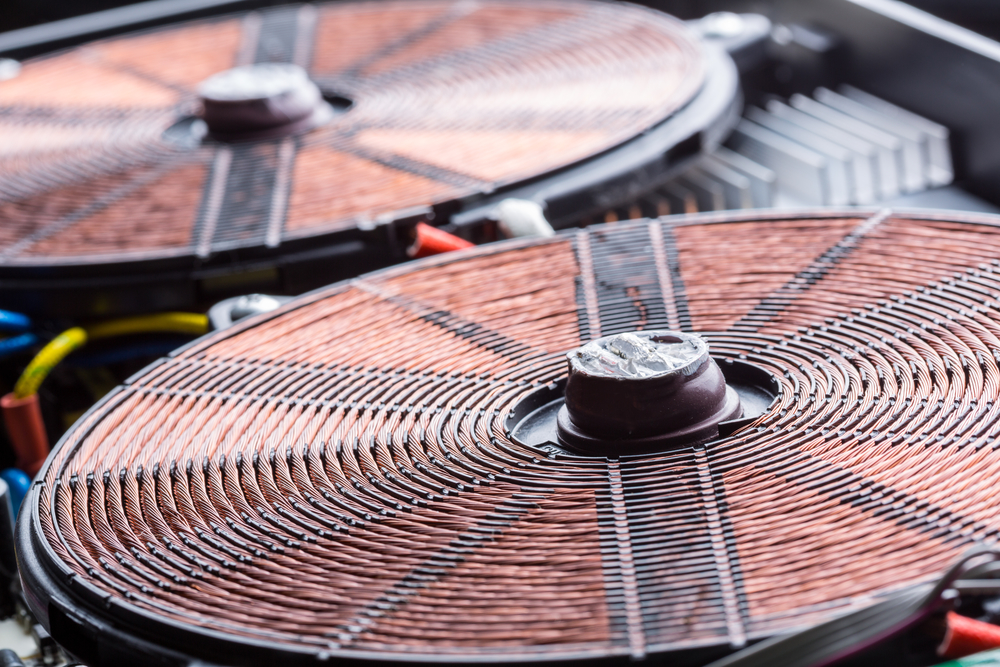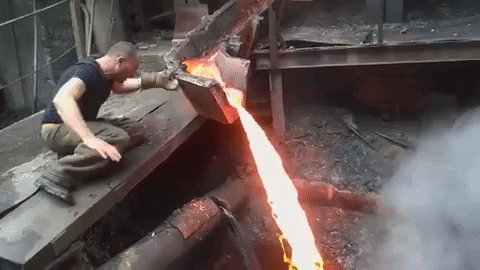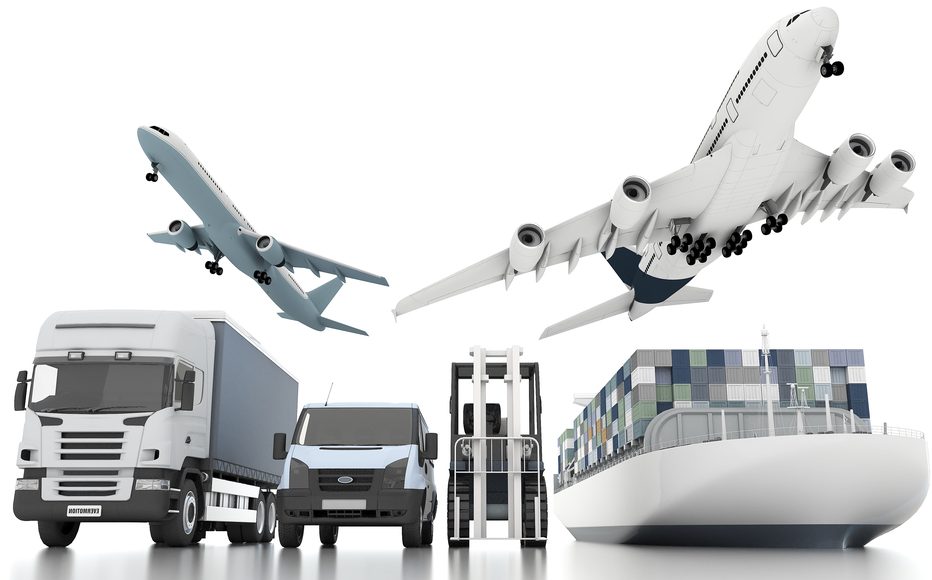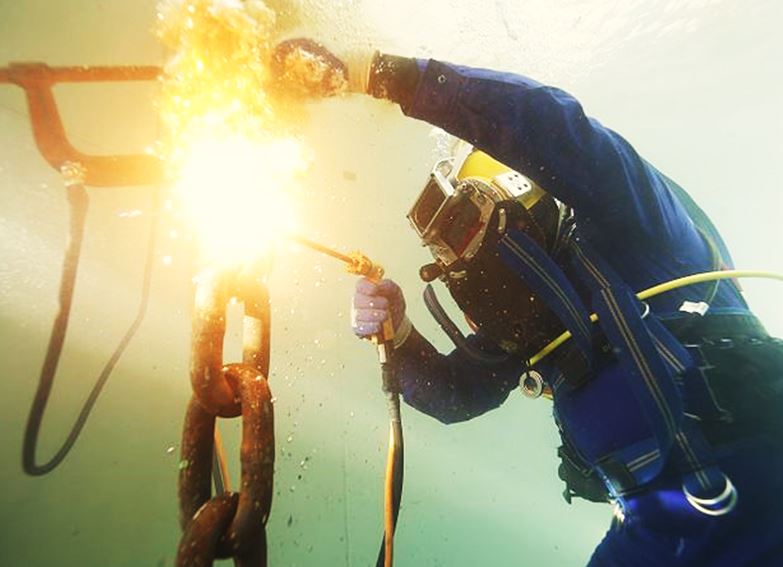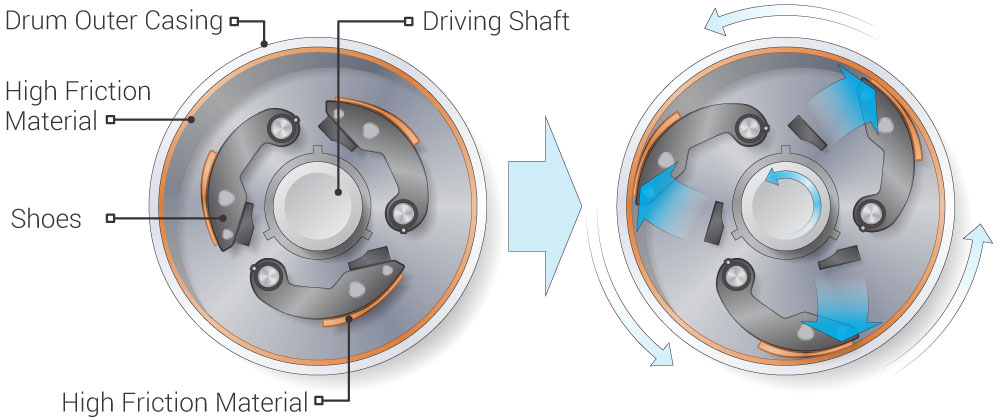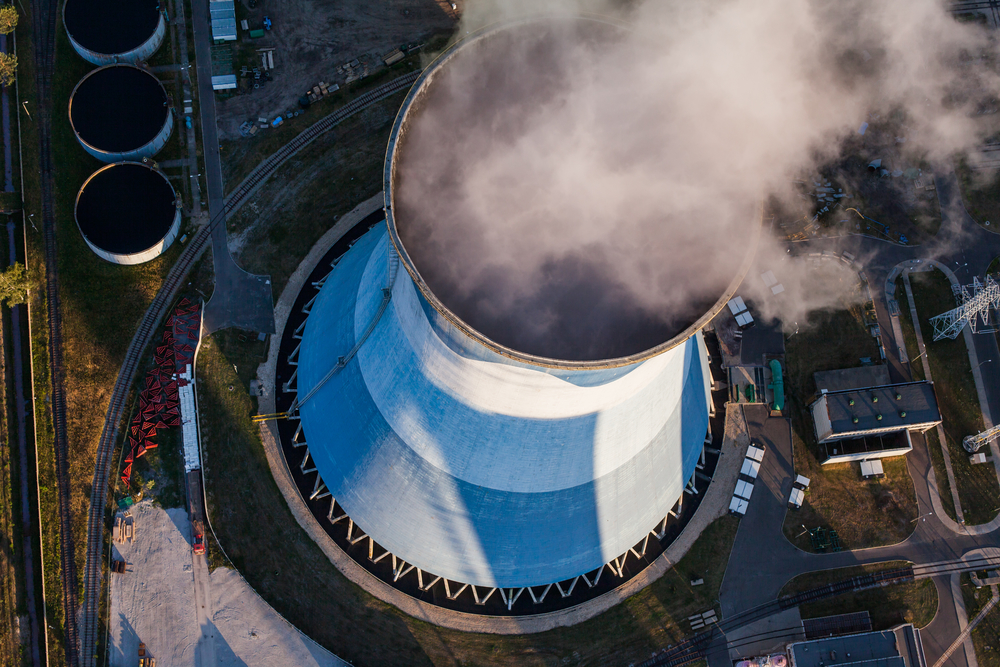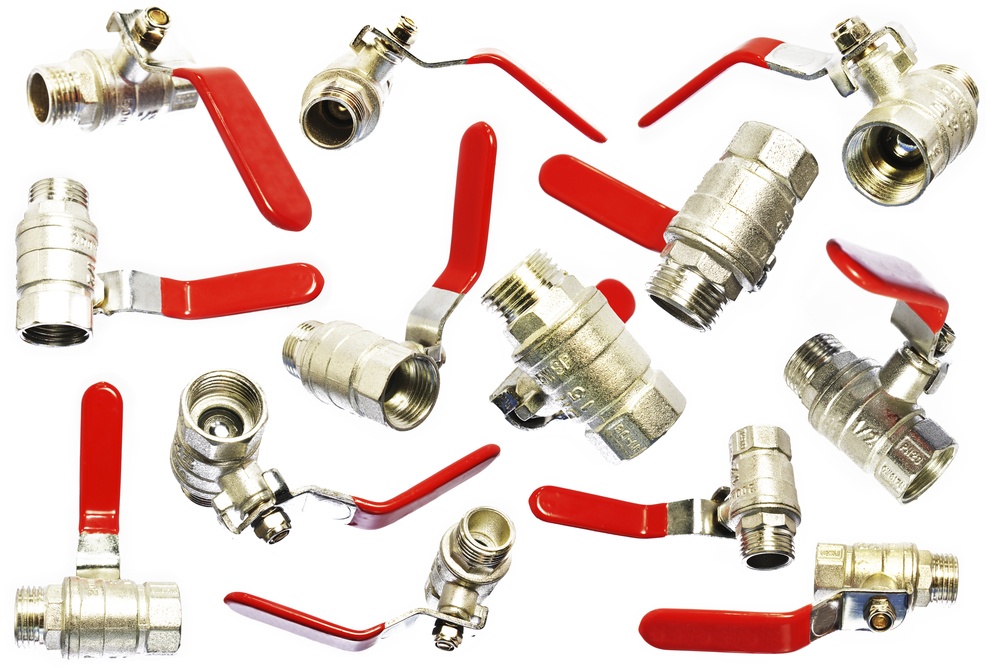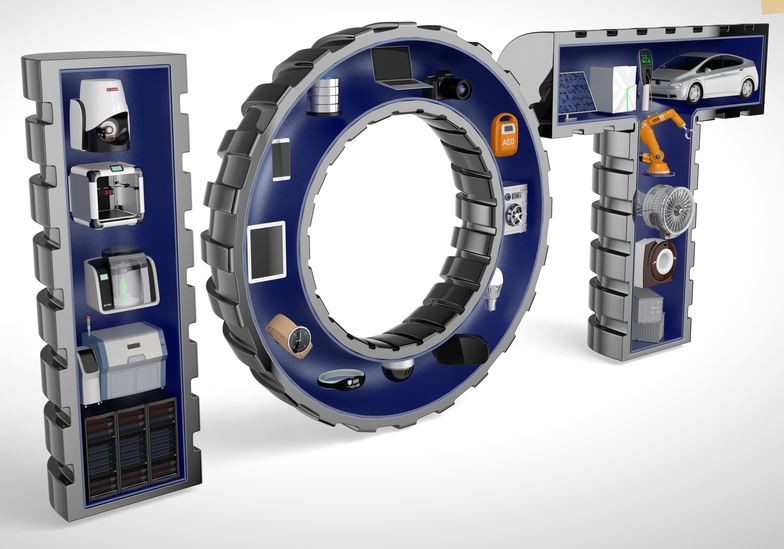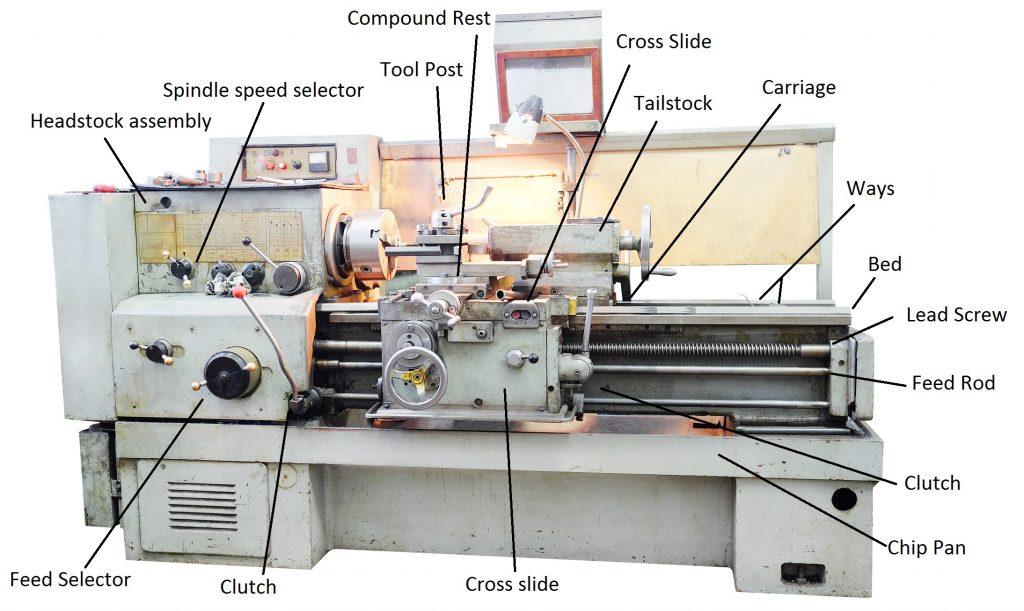The Venturi Effect explained
The Venturi Effect was discovered by Italian physicist Giovanni Battista Venturi who lived between 1746 and 1822. In practice there were a number of other physicists who were involved in the Venturi Effect but Giovanni Venturi is generally accepted as the first person to discover and explain the effect. So, what is the Venturi Effect […]
The Venturi Effect explained Read More »

